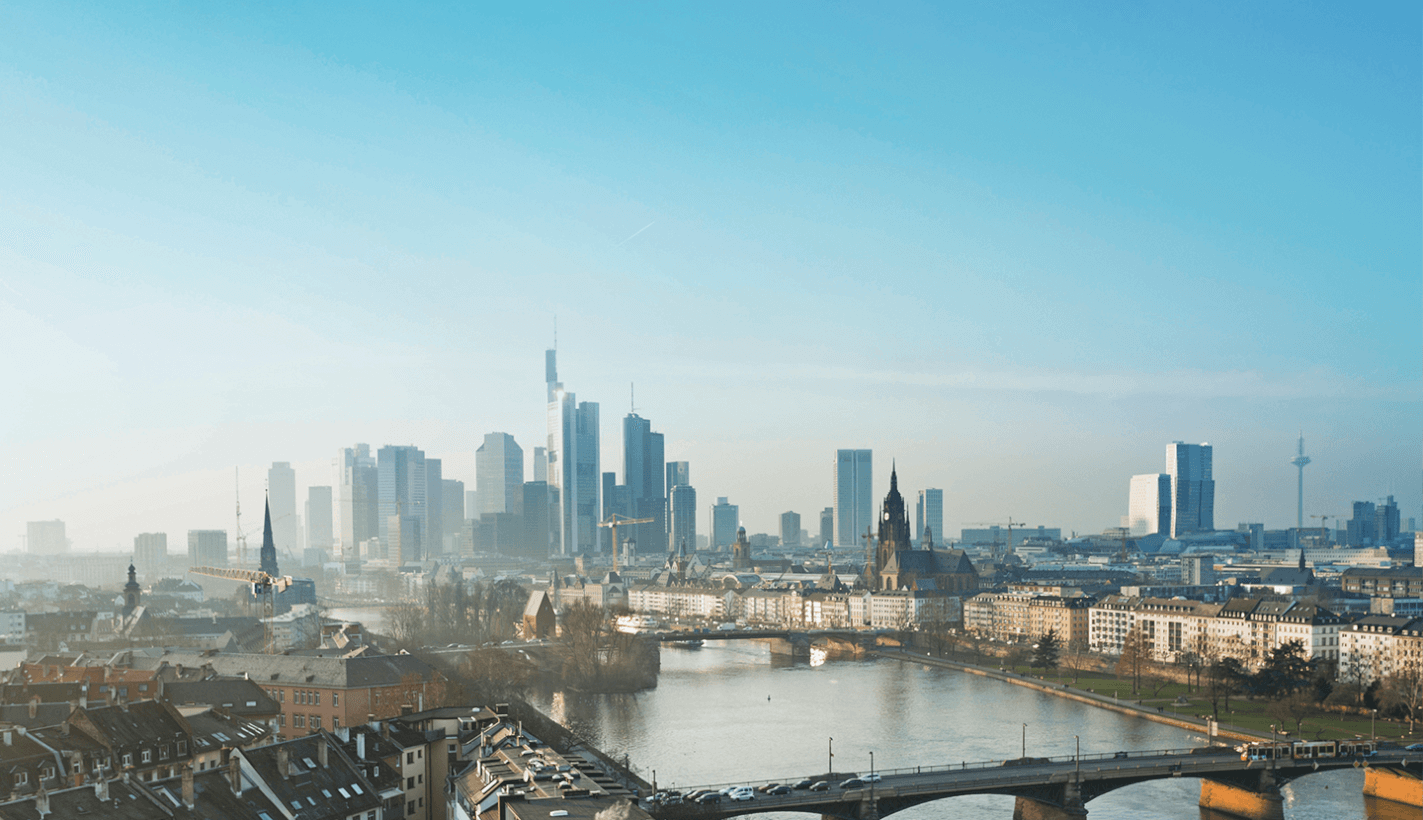
BDR Thermea and Danish students collaborate on solar collector return system
BDR Thermea Group recently partnered with Denmark’s DTU University, inviting students to develop a proposal for a return system that can increase circularity in our production of solar collectors.
As part of the university’s ‘Design for Circular Economy’ MSc course, students learn to advise companies on how they can reuse materials and products several times without losing resources.
Henrik Stenrud Bergersen, an MSc Eng student, participated in the course at the beginning of 2024. Together with five fellow students, he chose BDR Thermea as a case company. BDR Thermea partners with higher education institutions around the world, offering case studies and internships to give back to the community while gaining valuable insights from the professionals of tomorrow.
“We analysed BDR Thermea’s production of solar collectors based on the course theory and concluded that a return system for consumers would be the obvious solution for the company if it wanted to reuse more,” says Henrik.“In this way, BDR Thermea can also make consumers aware that by reusing parts of existing products, we use fewer resources.”
From linear to circular
The course is based on the concept of the circular economy, whereby materials and products are part of cycles and can be reused several times without resources being lost. In comparison, in the linear economy, products are used, thrown away, and end up as waste. The circular economy is therefore a way of making our consumption more sustainable.
“The theory we’ve studied on the course is about making it attractive for companies to reuse and reduce their resource consumption while at the same time growing their revenue,” explains Henrik.
“It’s been great and rewarding to immerse myself and use the theory to solve a specific case that will make a difference for a real company.”
A source of inspiration
Claudia Wagenfuhr, Sustainability Lead Engineer at BDR Thermea Group, sees the collaboration as a source of great inspiration.
“It has been very inspiring to work with the students – they have taught us a lot about how to integrate circularity in our production,” she explains.
The students spent three weeks solving the BDR Thermea case. During this period, they had several meetings with Claudia, where they asked her many questions about the company’s production of solar collectors. Finally, the students presented their solution to both their course lecturer and BDR Thermea.
“We plan to share all the knowledge that the students have given us with the rest of the company so that more of our production chains can identify where they can become more circular. This is certainly not the last time we will team up with students,” Claudia Wagenfuhr concludes

